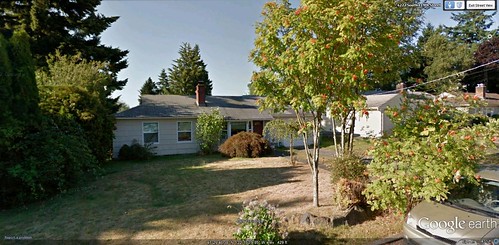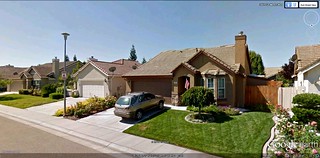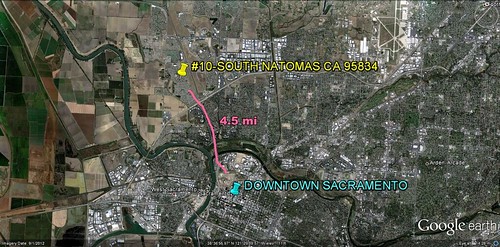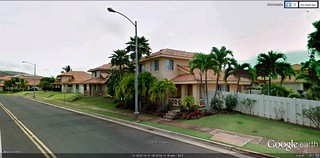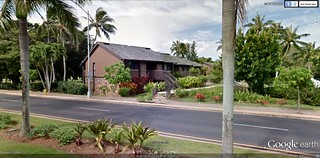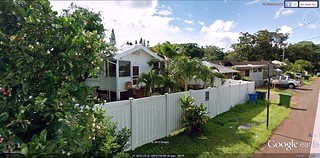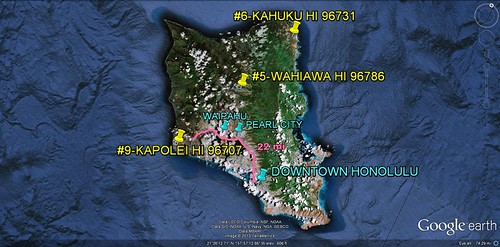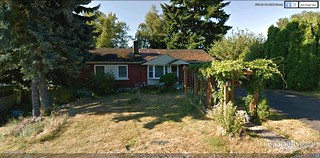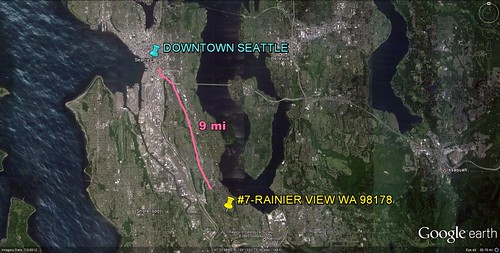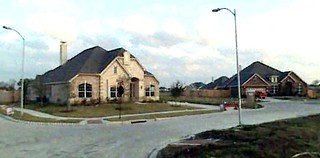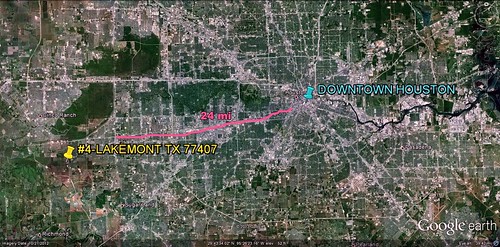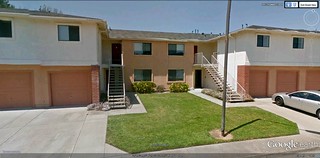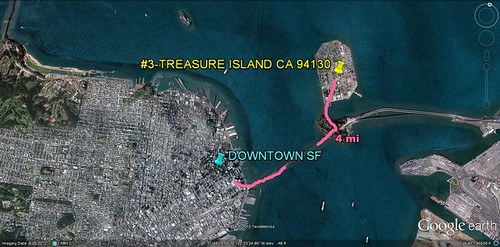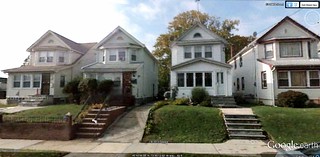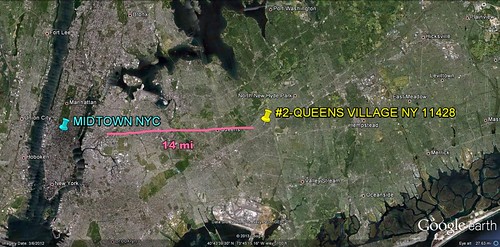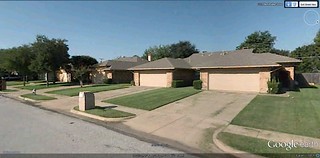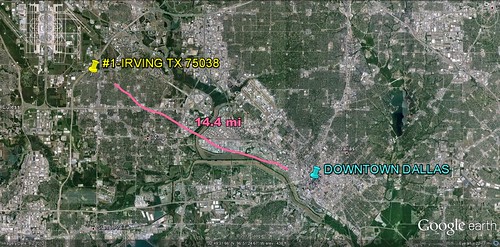Meet America's most diverse neighborhoods - some may surprise you

Posted February 27, 2013 at 5:07PM
Seven of the ten most diverse neighborhoods in America are suburban. None of them are in the evolving, creative-class city and inner suburban districts that many of us normally think of as undergoing change. Taken as a whole, average home values in the ten are slightly higher than those in other neighborhoods, and the most diverse are growing faster and their home prices are increasing somewhat faster that in other neighborhoods. Visually, they strike me as very middle class, though their settings range from beautiful to drab. They look like America.
This all comes from some fascinating data-crunching on metropolitan-area zip codes by Jed Kolko and his colleagues at the real estate analysis firm Trulia. I'll say more about that but, first, I want to get into some of the examples.
South Natomas
Number ten on the list is zip code 95834 in South Natomas, a suburb of Sacramento. It's not far from downtown by large-metro standards, but as you can see from the image it's right up against farmland at the edge of the development footprint.
Kolko and crew used a very interestng (and, in my view, very appropriate) measure of diversity: they looked at ethnicity data from the Census for every zip code in the 100 largest US metros. Those whose largest ethnic group share were relatively small - for example, if there were more Latinos than any other ethnic group but their share of the total was only 30 percent - were considered more diverse. The range for the top ten for the largest ethnic share was relatively tight, from about 26 percent to about 29 percent. (South Natomas is at 29.2 percent.)
Interestingly, three of the top ten are on the island of Oahu in Hawaii:
Kapolei
Kahuku
Wahiawa
Honolulu is the only large city on Oahu; the rest of the island consists of pockets of suburbia amidst other suburbs and large natural areas. The closest of the three especially diverse neighborhoods is Kapolei (top photo in this series), a 22-mile ride from Honolulu.
I used the Trulia data to choose representative street images of the diverse neighborhoods, in each case choosing a block whose housing prices were roughly at the midpoint for the zip code as a whole.
Dorchester
To me, the most urban-feeling of the ten is number eight Dorchester, only three miles south of downtown Boston. My organization, NRDC, has been doing some work in Dorchester, helping the Talbot Norfolk Triangle district formulate a sustainability plan. Although economicially distressed, it is a neighborhood of awesome people and community pride, as well as a solid community development corporation and neighborhood association.
Rainier View
Number seven Rainier View is nine miles south of downtown Seattle.
Dorchester notwithstanding, I was really struck by the locations of the ten and how few of them met the stereotype of an inner-city, mixed-race neighborhood. This is consistent with data reported by Brookings and Urbanophile author Aaron Renn to the effect that immigrants are enlivening our suburbs, especially inner-ring suburbs.
Some of the ten are decidely not inner-ring, though.
Lakemont
Lakemont is still developing and a whopping 24 miles west of downtown Dallas.
Treasure Island
Number three Treasure Island in the San Francisco Bay is a special case, neither city nor suburb. I didn't have time, unfortunately, to go deep into the data to understand why it is so diverse.
Queens Village
Number two Queens Village is also somewhat of a special case. It is 14 miles from Manhattan, yet it is not suburban in character. The vastness of New York City and its surroundings creates spatial circumstances unlike those anywhere else in the country.
Irving
Going by zip code, the most diverse neighborhood in the country is the Broadmoor Hills/Song section of Irving, Texas, 14 miles northwest of Dallas. Zip code 75038 is 26% Asian, 25% Black, 23% Hispanic, and 23% White. That sure reads like balanced diversity to me.
Now, there all sorts of limitations in this sort of analysis including, for example, strong religious-group identity and diversity within the larger categories measured by Census data; both "white" and "black" contain many sub-groups that aren't picked up. Any of us could nit-pick it to death. But it's still a pretty good general indicator, in my opinion, of relative levels of diversity and fascinating in what it reveals.
The US population as a whole is 63.7 percent White, 16.3 percent Hispanic or Latino (counted as one group in the Trulia analysis), 12.2 percent Black or African American, 4.7 percent Asian, 0.7 percent American Indian or Alaska Native, 0.2 percent Native Hawaiian or Other Pacific Islander, 0.2 percent "some other race," and 1.9 percent "two or more races." Kolko's article gives a more specific description of the company's analysis.
The article also provides much more in the way of findings, including diversity analyses of metro areas as a whole (of the top 100, San Jose is the most diverse; Pittsburgh, the least). There's also a county map of the country shaded to indicate the range of diversity; it shows lots of diverse counties across the southern half of the US and stretching north along the Atlantic Coast. There are specific metro-area maps for New York, Los Angeles, Chicago, San Franciso, and Washington. Go here for the whole shebang.
Related posts:
- Embracing immigration for workforce and economic development (February 25, 2013)
- City crime continues to drop, especially where diversity is strong (July 8, 2011)
- Coming to America: immigration and sustainable communities (May 9, 2011)
- 'Welcome to Shelbyville': a community of immigration challenges, faith and hope (September 10, 2010)
- How immigrants are revitalizing America’s fading suburbs (April 23, 2010)
Move your cursor over the images for credit information.
